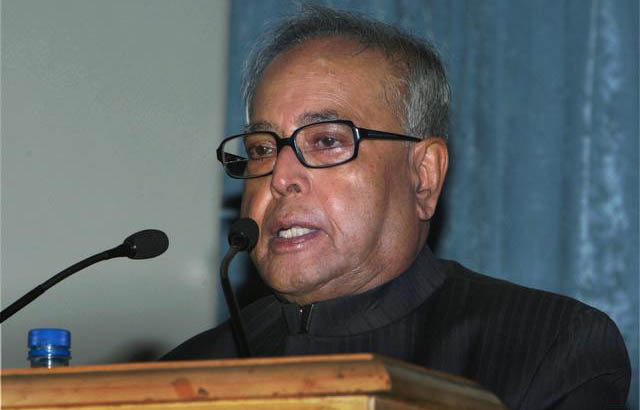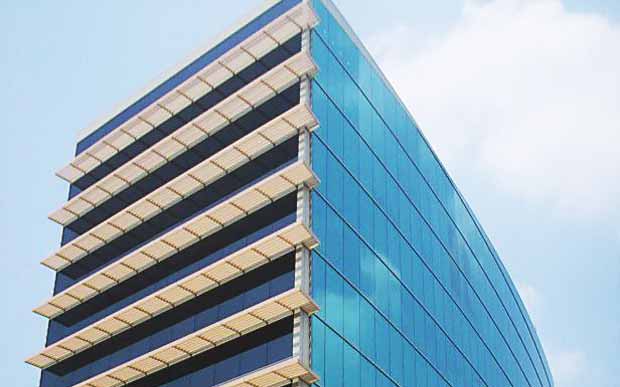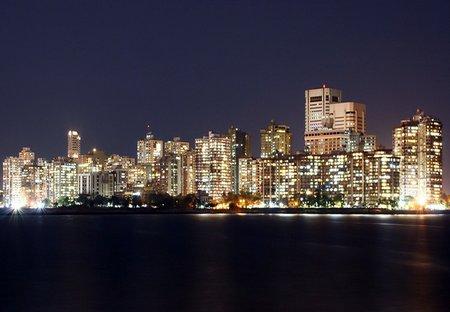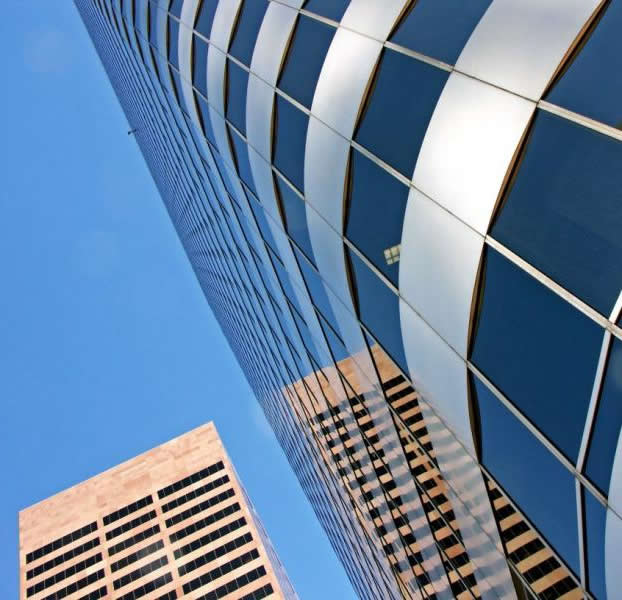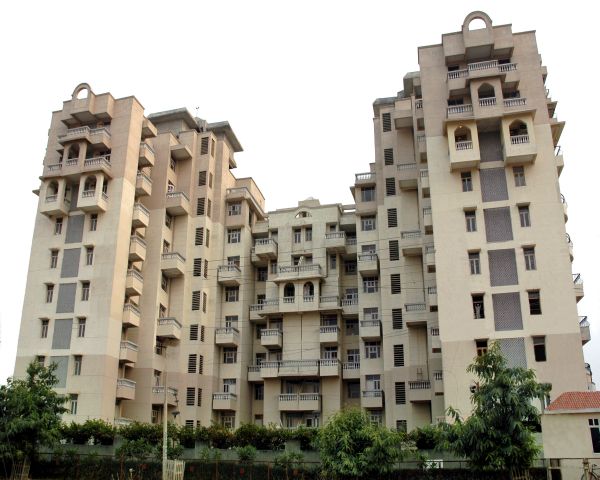
Future Group to enter realty business
While many of the retailers are cribbing about the high cost of retail outlets, the retail empire with revenues of around Rs.10,000 crore, Future Group seems to believe in the conventional wisdom of joining if not beating the rivals. The Group is eyeing a piece of India’s booming real estate sector—putting finishing touches to new homes.


